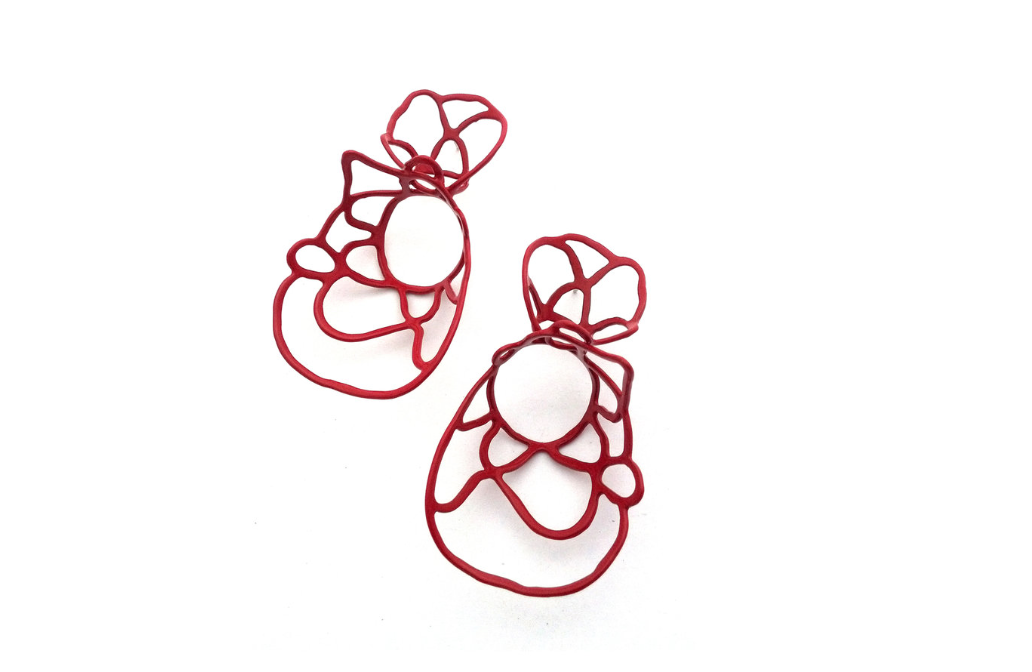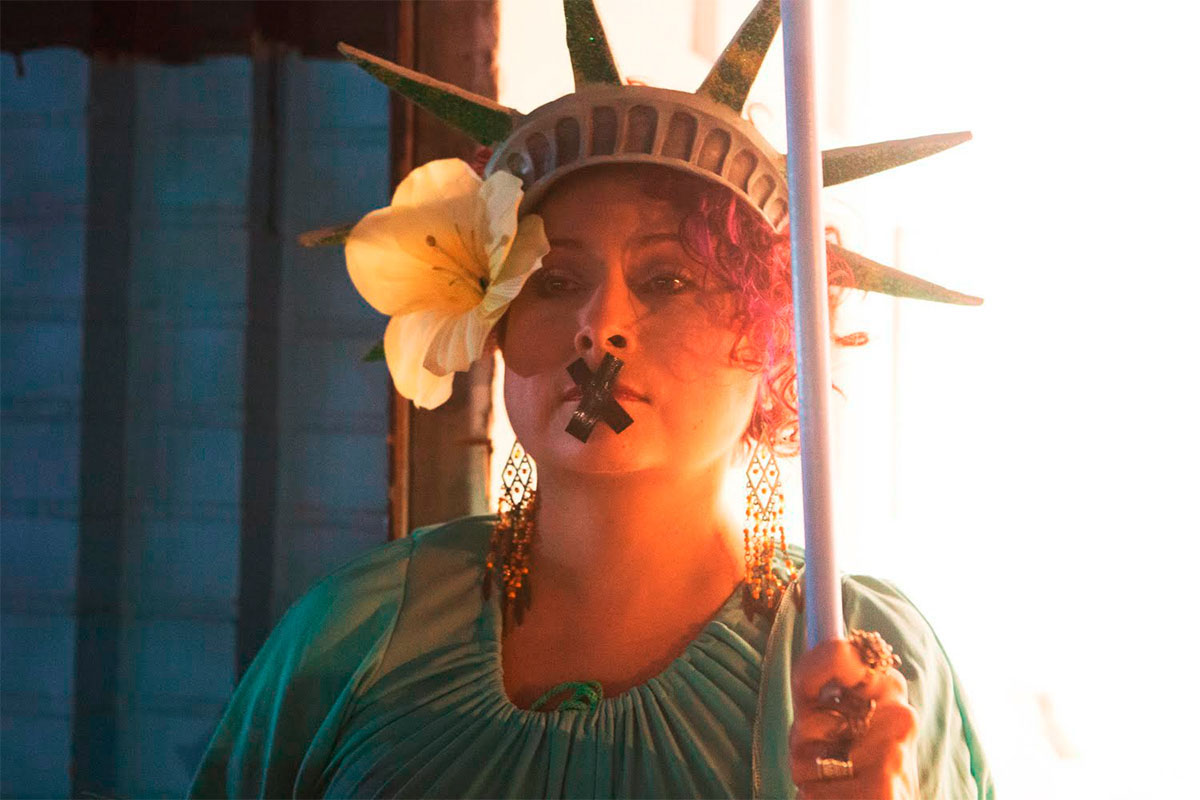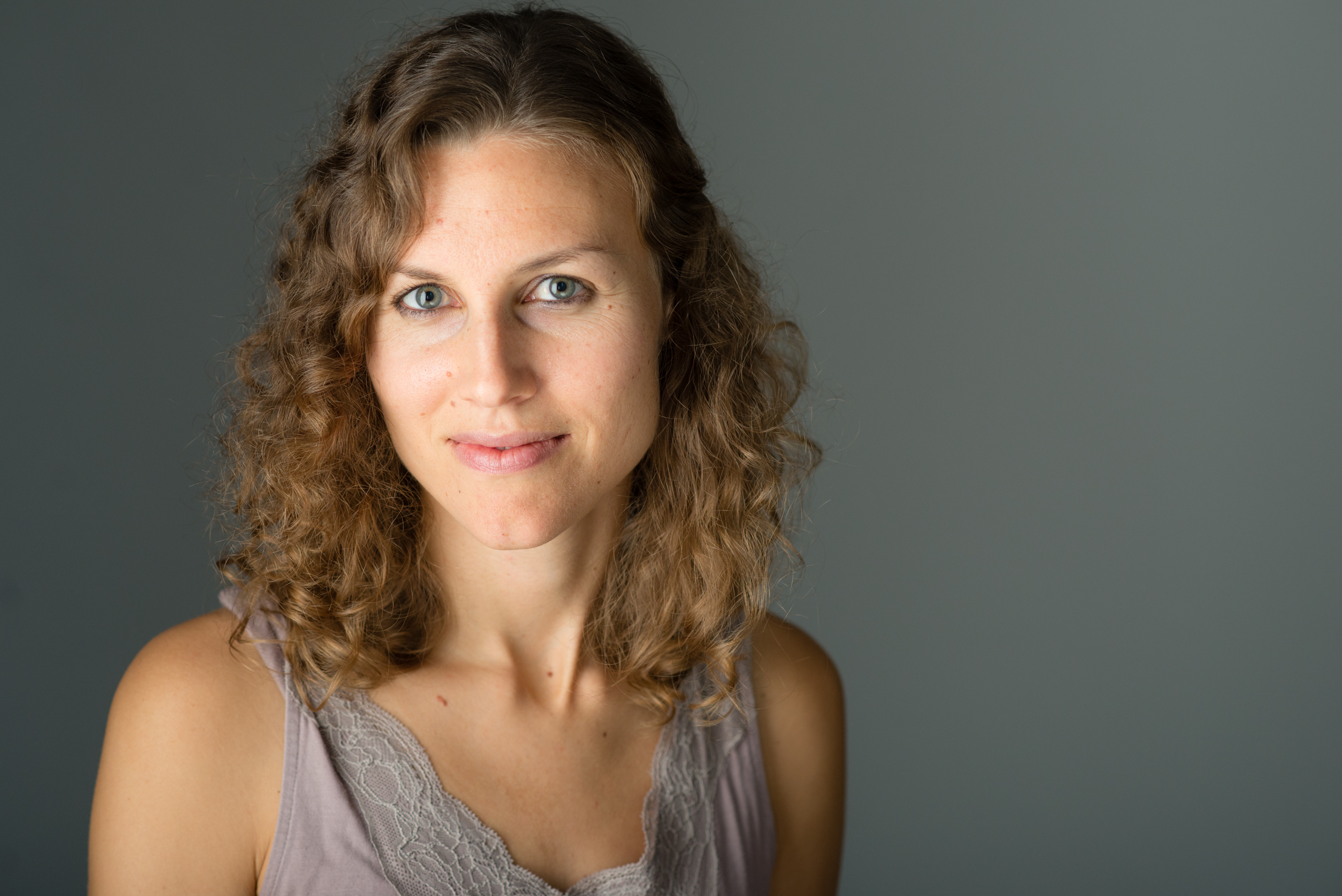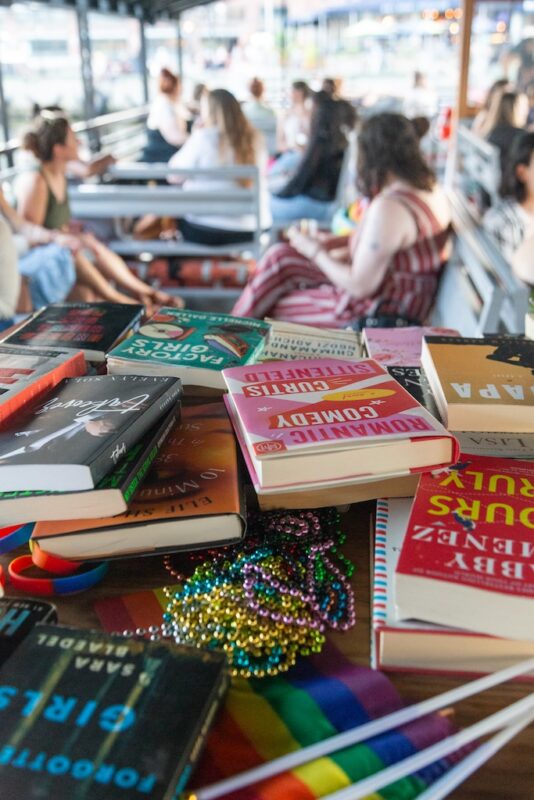Author Emily Robbins’s new novel A Word for Love Explores the Culture, Passion, and Language of Syria by Kelsey Marden
Language is a mouth-gaping human phenomenon. With over seven billion people in the world today each speaking at least one of over seven thousand living languages, these numbers alone reveal the vastness of our world’s people and cultures. I’m always humored by how deeply entrancing conversations in foreign languages can be. Regardless of my inability to understand their words surrounded by gestures and hand movements, like music I could listen to their melodic sounds tirelessly.
I’ve wondered what would be considered the most romantic language in the world. Would it be Spanish? Italian? French? I would have never considered a language that has an unfortunate link with a war-torn country and terrorism.
However, Arabic has 99 words for love. English has only one. This fact unveils a softer Syria that our news rarely shows, but is beautifully depicted in author Emily Robbins’s new novel A Word for Love.
Set in Syria during the early stages of a political unrest, the story takes on a Romeo and Juliet-like romance. “I would describe it as a two-person love story that’s really about love on two levels,” Robbins said. “It’s both about how to love a language and a city, and also a romance, none of which are truly your own.”
The story blossoms through the eyes of Bea, an American exchange student in pursuit of an ancient Arabic manuscript, hoping to be changed by its powerful love story as legend promises. Instead, she finds herself living out a different version of the same story as she watches a forbidden love unfold before her. Bea has learned all of the words for love in Arabic, but the romance she witnesses reveals to her that love is much deeper than words.
“I was always a lover of fiction and always a lover of love stories, so it made a lot of sense to me to write a story that deals with love.”

Robbins’s inspiration for writing the book stemmed from her own similar experiences abroad. “I had spent quite a lot of time in Syria,” she said. “A lot of my first loves happened in Syria and also that happened to be the place where I learned a lot of lessons both about how to be a writer and how to speak out.”
Robbins, a native of Ashland, Oregon, had her first taste of Syria as a 21 year old college student when she studied abroad through a pilot program of Swarmoth College. A year later she returned, further mastering the language while falling deeper in love with it. In 2007, Robbins accepted a Fulbright Scholarship to spend the year studying religion and language with a women’s mosque movement.
Robbins always had a passion for language—Arabic became her fourth—but the language that bears so many words for love wasn’t always captivating to her. Her drive to study the language comes from her first crushing heartbreak. In 2003, when Robbins was 18 years old, her cousin Rachel Corrie, a pro-Palestinian peace activist, was killed during protests in Gaza by an Israeli bulldozer.
“After her death it threw my whole family sort of into a world that we knew very little about. At that point I was 18 and just started college, and I was very moved by what happened in my family. And I just felt, because of Rachel… I felt like someone in the family should know Arabic and that I wanted to learn Arabic. And so ironically I first went to Syria as a way to feel closer to my family back home even though [I was] across the world.”
Corrie’s death may have led Robbins to study the language, but its beauty was enough to grab hold of her heart. “Arabic was just such a beautiful language and opened up all of these new patterns and these new ways of thinking about language to me so that it quickly became something that I did for myself because I loved it rather than something that I was doing for my family.”
By opening up new patterns and new ways of thinking, Arabic made Robbins the writer she is today. Comprised of trilateral roots, each word traces back to basic roots of just three letters. As a result, the language aesthically groups together words in ways English simply can’t. Arabic allowed Robbins to step outside her own vocabulary and really push herself in her craft. “Just for a writer, it’s such an amazing language… it really opened up the way that I connected disparate ideas or disparate objects in English. It allowed me to sort of imagine connections as a writer in a way that I wouldn’t have otherwise.”
Making these connections as a writer also allowed her to connect back to the world she once knew.
When Robbins started writing A Word for Love in 2010, the revolution in Syria that has peppered our news with heartbreaking headlines still hadn’t begun. Six months later, the Syrian Civil War broke out and Robbins was stuck watching the deterioration of the country in St. Louis while she was working towards her masters of fine arts in creative writing. “It felt a little bit like the book was my way of working through a lot of what I was thinking and feeling in my head far, far away from all that was happening in Syria.”
Her book’s characters and scenes are clear reflections of Robbins’s romantic encounters in Syria. The two lovers in the story, Nisrene and Adel, are based off of an affair Robbins witnessed in her own life. Robbins’s first close friend similarly built a romance across balconies and buildings through signaling and signing before meeting her Adel in person. Their affair built on a foundation free of words delightfully haunted Robbins.
“I heard about love stories like that and… at the age of 21 when I was just learning Arabic and I didn’t really have all of the words that I wanted to express myself yet, the idea that I could express love just by opening my arms… [was] very exciting to me.”

But Robbins never knew the man her friend fell in love with across balconies. Instead, Robbins modeled the more romantic characteristics of Adel after her own simultaneously occurring love affair. In her New York Times article “Grappling With the Language of Love,” Robbins writes about her relationship with an Iraqi doctor who opened her world to romance, language, and Arabic poetry. His behaviors are similar to Adel’s: both proclaimed love at first sight; both admired a woman’s curiosity and questions; and both wrote beautiful love poems for their muses including one about a jasmine flower.
“Poetry became such a big part of this book,” Robbins said. “And the person who really introduced me to a lot of Arabic poetry… was the doctor who I had a relationship with. And so I think that it makes sense that some of that excitement over poems would end up in the book as well.”
Surprisingly, most of the story’s action takes place in Bea’s host family’s simple apartment; but to Robbins, there wasn’t a more suited setting. “I learned my biggest lessons and I felt both the biggest differences and the biggest love and similarities all indoors. Basically in the homes of my closest friends and my host families.”
Home became the place where Robbins felt she could speak the most freely. Over her time in Syria, Robbins lived with two host families who were each in their own way active in the underground resistance. During an era where what you say and who you say it to could possibly be monitored, she was heavily aware of the dire consequences her host families could suffer for her words.
Before leaving for Syria, Robbins was told not to talk politics over the phone. “The people who were really put at risk by my phone conversations were not so much me, but the Syrians who were around me,” Robbins said. “For example, in my host families, the security officers would come at intervals and interview my host families about what they were doing with me as a foreigner and why I was there as a foreigner… And so, they were put through those interviews. I wasn’t.”
Living with host families who took such dangerous risks for their beliefs powerfully impacted Robbins. “I think our impressions of places are always colored by the people who are closest to us in it. And so certainly I think in that sense that it’s brave to speak up for what you believe in and that it can be dangerous and the stakes of doing that really colored my sense of Syria.”
Robbins paints a Syria with images that our news leaves out of the picture. “So much is at stake in the war in Syria, both because Syria has an incredibly rich and ancient history and has rich, ancient cultural artifacts. And it just has so many really brave intellectual, educated people who are doing an amazing job… all across Syrian society of really keeping their culture and… speaking out about the war and creating art from what they’re going through and keeping a sense of who they are for what they’re going through.”
“I think that as Americans it’s really easy for us at this point to Syria and just think of violence. I hope that this book is one of many, many narratives that are about a Syria that is much more than that. And I hope that all of those narratives allow us to think hard about what’s at stake.”
One of Robbins’s favorites of the 99 words for love in Arabic is sadeeq. The word captures the deep connections that exist among love, trust, and belief. In a time when these connections are needed among varying people groups and cultures, Robbins indeed sheds light in the midst of confused darkness. Syria and its people are much more than violence; they are 99 different words for love.
********
Author Kelsey Marden is a Baltimore-based writer and photographer. She enjoys capturing and telling the untold, overlooked stories of the city as well as the world.
Photo of Robbins by Brian McConkey
Robbins will be reading from A Word for Love (published by Penguin Random House) at the Ivy Bookshop and conducting a talk with Baltimore’s local author Elizabeth Evitts Dickinson on Thursday, February 16, at 7 p.m. More info here.
Emily Robbins has lived and worked across the Middle East and North Africa. From 2007-2008, she was a Fulbright Fellow in Syria, where she studied religion and language with a women’s mosque movement, and lived with the family of a leading intellectual. Robbins holds a B.A. from Swarthmore College and an MFA from Washington University in St. Louis. She lives in Chicago and Brownsville, Texas, and has just returned from a second Fulbright Fellowship in Jordan. She is the author of The New York Times’s Modern Love column.






